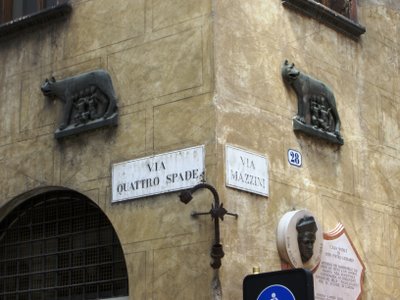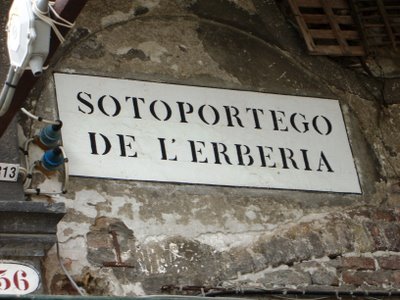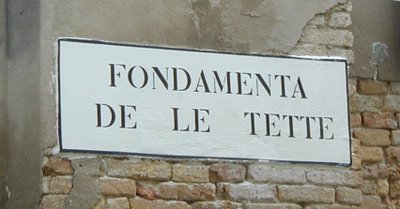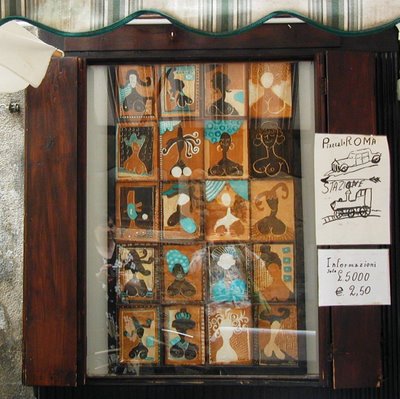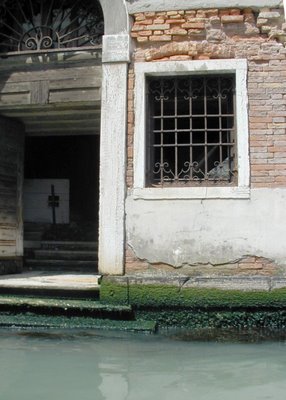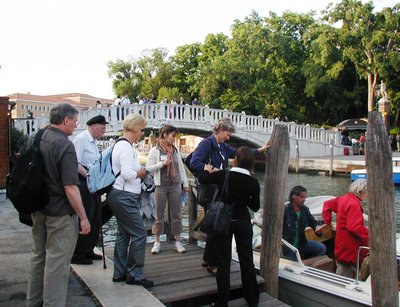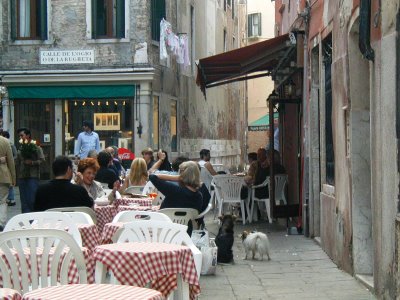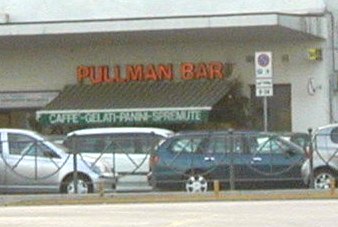Another Venice Visit.
On NPR's Morning Edition today Sylvia Poggioli explored a fabled city.
"Venice is a seductive city that has bewitched artists from all over the world. One writer who has settled in "the city on stilts" is the American author Donna Leon. The sinking Renaissance jewel is the backdrop of her "Commissario Brunetti" detective stories. Leon recently gave a visiting reporter a tour of her Venice. The story is part of a series, Crime in the City, about crime novelists and the places they and their characters inhabit." "Leon stresses there are two separate Venices.
"Leon stresses there are two separate Venices.
"One has quiet campielli (squares) and barges that deliver fruits and vegetables; that Venice belongs to Brunetti and its 60,000 other residents.
"The other Venice is filled with the booming voices of tour guides with microphones and attracts up to 20 million tourists a year."
"Leon describes a "Bermuda Triangle" of San Marco-Accademia-Rialto.
"'Most tourists spend the major part of their time in that triangle,' she says. 'That's where it's very, very unpleasant to be at almost any daylight hour, at almost any time of the year,' she says."
I agree whole-heartedly. During my visit last year, I found the most highly-anticipated part of the Venice itinerary, San Marco, deeply disappointing. Huge crowds, disrespectful behavior in the chapels, and merchants jaded from catering to daily throngs of tourists. I found the quiet side of Venice, far from the Bermuda Triangle Leon describes, walking around Cannaregio at dusk. [Read it here: Finding the REAL Venice. (You have to look for it!!)]
This was the real Venice I enjoyed, the place where real people hang their laundry out on a line over the canal.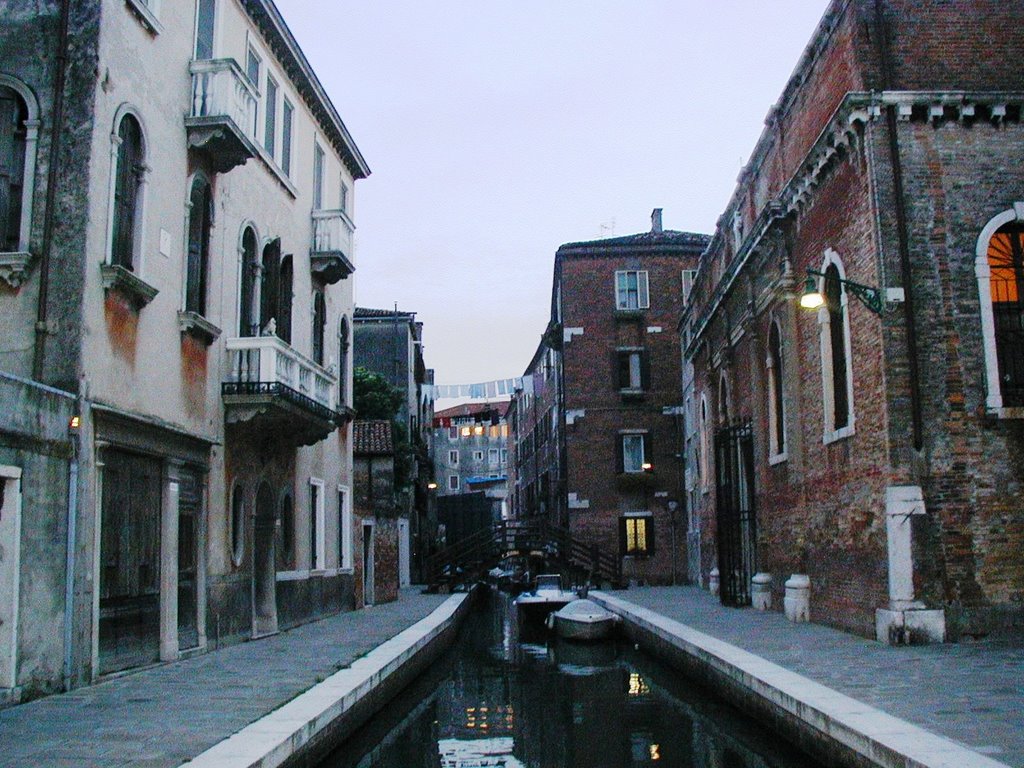
 One can also glimpse real city by watching Venetian dogs and their owners.
One can also glimpse real city by watching Venetian dogs and their owners.
Read my posts on Venice here, and listen to my impressions on my first evening in the city.





